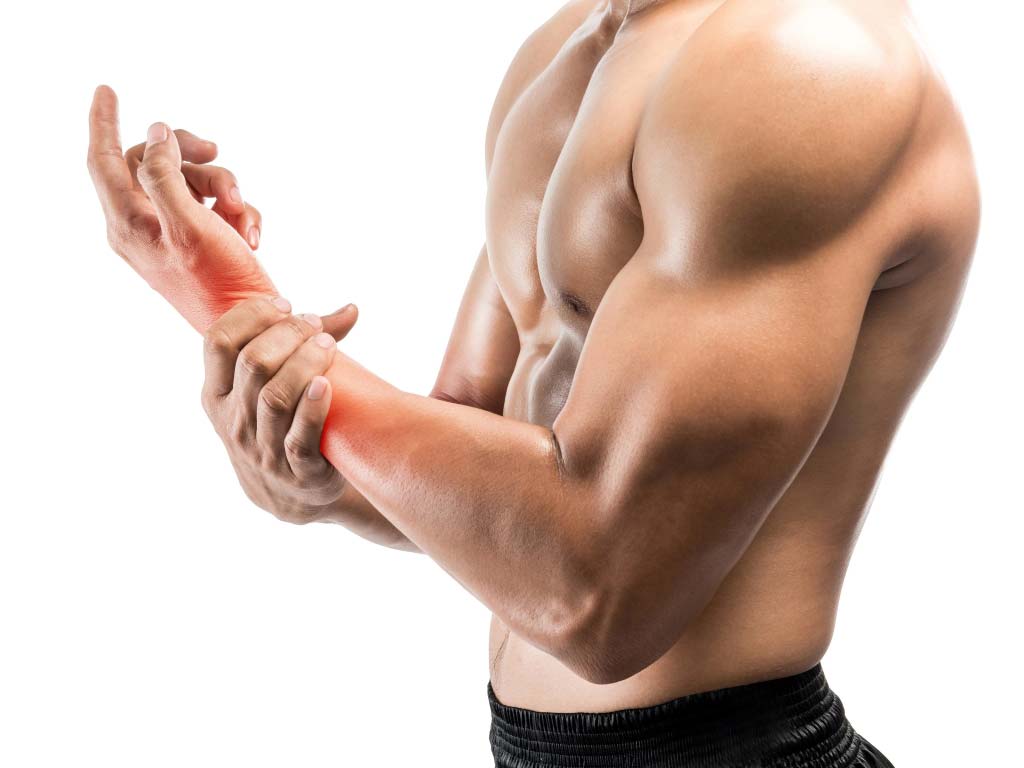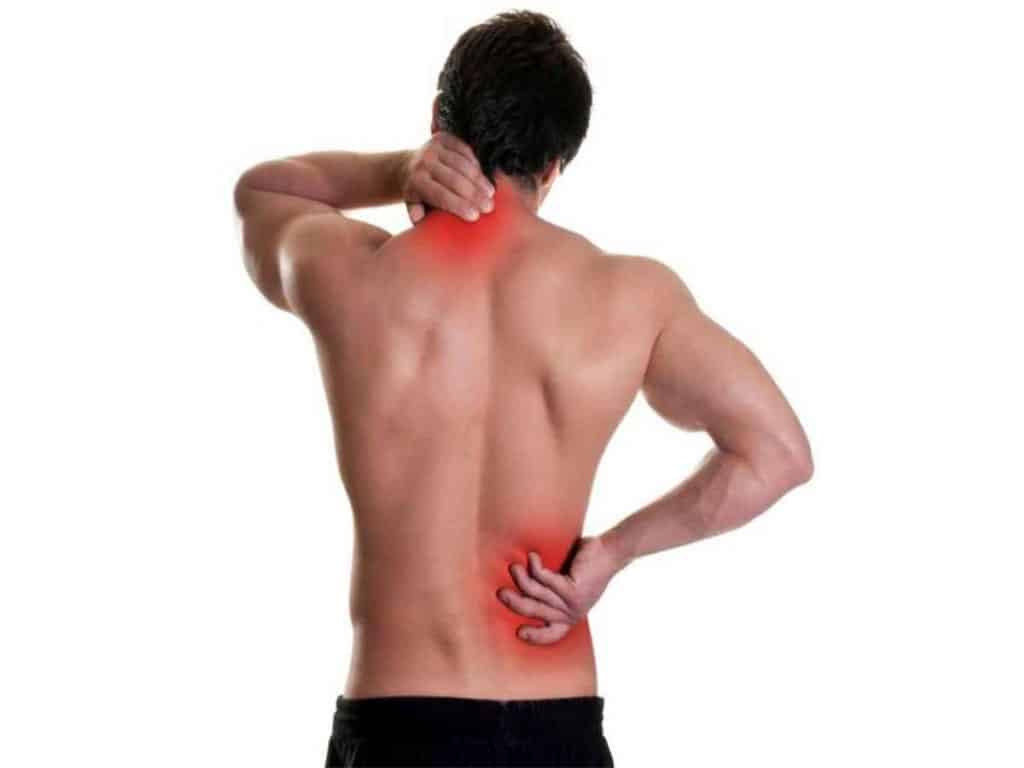
Finding methods for pain relief is crucial for those suffering from body aches. One popular option for managing aches is using pain patches. These medicated patches deliver medication to the skin and into the bloodstream. It provides effective targeted relief from various chronic and acute conditions. Furthermore, they are easy to use and have fewer risks compared to oral medications or invasive methods. Overall, using a transdermal patch is an effective pain management method.
There are many types of patches available for people to use, depending on their health condition. Some products require a prescription, but some are available as over-the-counter items. It helps many people improve their quality of life by temporarily decreasing or eliminating their body aches. Moreover, they are convenient to use, and their effects can last for hours. This article will present information on transdermal patches, how they work, and the different types.
What Are Pain Patches?
Pain patches are medicated patches that people apply directly to the skin to deliver the medication. Many use them for targeted pain relief from chronic and acute pain conditions. They are also known as transdermal patches. Often, people use them if they are unable to consume oral medication. This can be because of certain health conditions, like stomach discomfort.
These patches are generally composed of a plastic liner, adhesive, medicine, membrane, and backing. There are various types depending on the active medicine included in the patch. Some transdermal patches are available as over-the-counter items. However, some require prescriptions.
Patches are convenient tools that are easy to use. The user must simply attach them to the skin so the patches can deliver a continuous release of medication over a set period. However, it is advised to follow the directions for use typically found in the packaging for optimal results. Individuals with prescription items should also strictly follow the instructions of their healthcare provider to ensure safety.
Benefits and Advantages
- Targeted relief: individuals can ensure the medication will reach the target area by applying the patches directly on them. This allows for localised pain management.
- Convenience: patches are easy to apply and discreetly worn under clothing. It does not limit the activity users can do. Moreover, this enables temporary pain relief whenever needed.
- Continuous relief: the effects of patches can last for several hours. This is longer than most pain medications, which are taken at set intervals multiple times daily.
- Versatile: patches work on various parts of the body and alleviate muscle pain, joint pain, stomach pain, and neck pain.

How Do Pain Patches Work?
Pain patches start working upon application to the skin. After placing them, the patches start the medication delivery through the skin and into the bloodstream. This process involves a slow and consistent release of active ingredients. In turn, this allows the transdermal patches to work for hours.
Different patches may contain different active ingredients. Some include nonsteroidal anti-inflammatory drugs (NSAIDs), while some contain opioid pain medicine. These are stored inside a reservoir within the patch, which controls the release. As the body heat warms the patches, the active ingredients within the patch dissolve and get sent into the bloodstream.
Once the medicine enters the bloodstream, it travels to the pain receptors in the body. It blocks the pain signals and results in a lower pain intensity. Many see this method as a more targeted and direct approach than oral medicines because it bypasses the digestive system. It can also help minimise the side effects of oral opioids and other medications.
Are There Side Effects?
There are potential side effects when using transdermal patches. One of these is skin irritation. This is a common adverse effect that causes itching and redness of the skin. Furthermore, the patches may cause nausea, dizziness, or drowsiness in some people.
A severe side effect of using patches is respiratory depression. This may occur if the person misuses the patches and causes an accidental overdose. Hence, it is crucial to follow the instructions of the manufacturer or the doctor when using patches. Furthermore, individuals should seek medical attention if they are experiencing blurred vision, seizures, or seeing blood during bowel movements.

Types of Pain Patches
There are several types of pain patches that people can use for relief. Firstly, capsaicin patches. The active ingredient in these is derived from chilli peppers. These offer relief for neuropathic pain by targeting the nerve endings. It is an effective option for those who suffer from conditions like diabetic neuropathy. They also work for other minor aches.
Secondly, lidocaine patches. These provide localised numbing in the target areas and typically contain about 5% lidocaine. These are also effective for nerve pain from postherpetic neuralgia. However, it is not recommended for those with lung diseases and liver diseases. Thirdly, buprenorphine transdermal patch. Many use these for chronic pain conditions. It also works for severe pain and has low risks of causing addiction.
Lastly, transdermal fentanyl patches are effective alternative treatments for severe cancer pain. Doctors generally prescribe them to those who experience chronic pain and can tolerate opioid pain medicine. However, because it is a strong medicine, people can develop opioid dependence from it.
When to Use One
A healthcare professional may recommend using transdermal patches if the individual does not respond well to oral medications. Commonly, people use patches if they have stomach conditions that disallow them from taking oral medications for pain. Moreover, it is a helpful option for those who prefer to avoid injections or surgery to alleviate aches.
Individuals who suffer from mild to moderate pain from body aches, joint pain, and muscle strains can use patches. Those who suffer from severe and persistent pain, such as diabetic neuropathy and cancer pain, can also use certain types of patches.
Conclusion
Pain patches are helpful tools that deliver targeted relief for various acute and chronic pain conditions. These deliver medicine into the bloodstream through the skin, making them an alternative for those who cannot take oral medicines. They work by using body heat to slowly dissolve the medicines in the patches and allow them to block the receptors from receiving the pain signals. This results in relief that can last for hours without frequent dosing.
There are prescription and non-prescription products that can help different conditions. These include capsaicin, lidocaine, buprenorphine, and fentanyl patches. Capsaicin and lidocaine patches are helpful for neuropathic pain. Meanwhile, fentanyl and buprenorphine patches are convenient for those with chronic pain. However, it is crucial to use these properly to avoid adverse effects. If the individual does experience severe reactions, they should consult a health professional for help.







